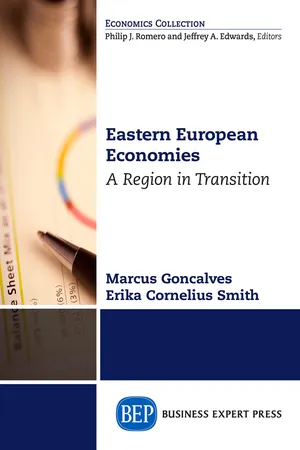![]()
CHAPTER 1
The European Context for Integration and Accession
Europe will not be made all at once, or according to a single plan. It will be built through concrete achievements, which first create a de facto solidarity.
—Robert Schuman
Overview
Nearly seven decades ago, six countries in Western Europe (Belgium, France, West Germany, Italy, Luxembourg, and the Netherlands) decided to take economic cooperation to the next level. The vision of the European Union (EU) founding states, epitomized by the Schuman Declaration in 1950, was to tie their economies—including the re-emerging West German economy—so closely together that war would become impossible.
In 1973, Denmark, Ireland, and the United Kingdom joined what was then referred to as the “European Community.” The period of 1970s was also a decade of deep social and political transformations in Greece, Portugal, and Spain, where military regimes and dictatorships were overthrown. Inspired by the prosperity and stability of the European Community, these countries joined the European project within 10 years, strengthening their emerging democracies. The countries benefited enormously from free trade and common economic policies, in particular structural funds designed to foster convergence by funding infrastructure and investments in poorer regions.
Despite these significant cooperative achievements, the most significant episode in Europe’s postwar political and economic integration was symbolized by the fall of the Berlin Wall. A defining moment in the collapse of the centrally planned economic systems of the 1980s, the collapse of the Wall and the Soviet Union ushered in a multifaceted process of liberalization.
On one hand, the fall of communism broke countries apart, with the dissolution of the Soviet Union and Yugoslavia, followed in 1993 by the “Velvet Divorce” of the Czech and Slovak Republics. On the other hand, less than a year after the Berlin Wall came down, East and West Germany reunified. More than 20 countries emerged from communism in a new, more democratic Europe. The integration of these states presented the greatest opportunities and also the greatest challenges of the post-World War II era. In this context, this chapter provides the reader with an introduction to the broader context of European integration and accession, with special attentions to economic, political, and social challenges across the region. It concludes with a series of short case studies that introduce the reader to the process of transition in the individual Central and Eastern European (CEE) states.
The Effects of History and Geography on Regional Identity
As depicted in Figure 1.1, several scholars writing about the CEE regions are faced with the unique challenge of identifying and “naming” a series of states in the process of “a return to Europe.” Some who study the region suggest that the “English language lacks an appropriate and widely acceptable collective name” for the regions that form the Balkans and East Central Europe.1 In German language, for example, they are referred to as Zwischeneuropa (in between Europe). Global political and economic integration, as well as redefined political communities within each state, present new opportunities to construct communities of belonging. Katalin Fábián2 writes,
The Baltic states of Estonia, Latvia, and Lithuania, as well as several stateless people, divided sub-regions, and ethnic, linguistic, and religious minorities (the Russian territory between Ukraine, Poland, Slovakia, Hungary, or Muslims in Bulgaria, for example) keenly illustrate how previously submerged political and cultural identities can re-emerge and ...
